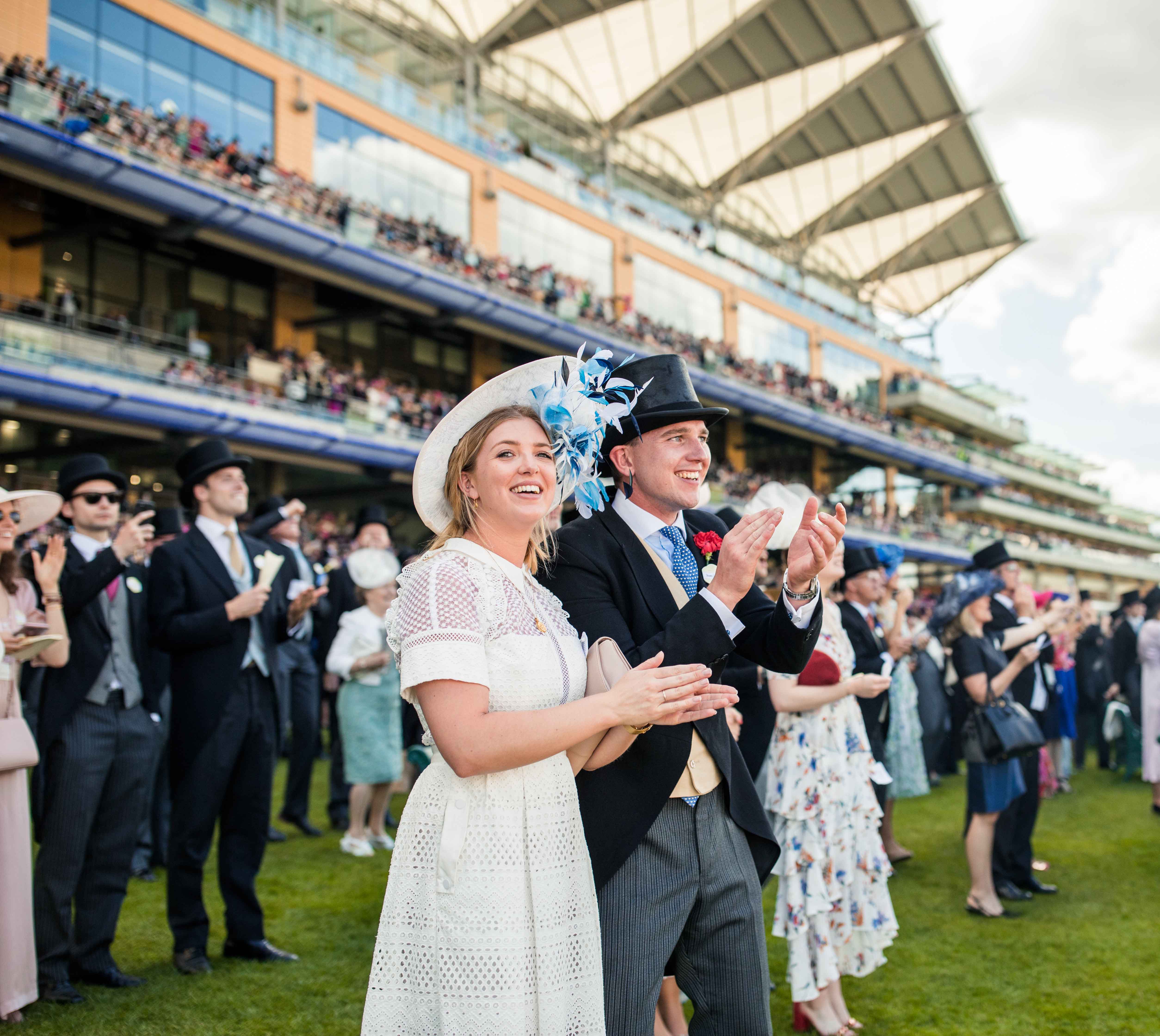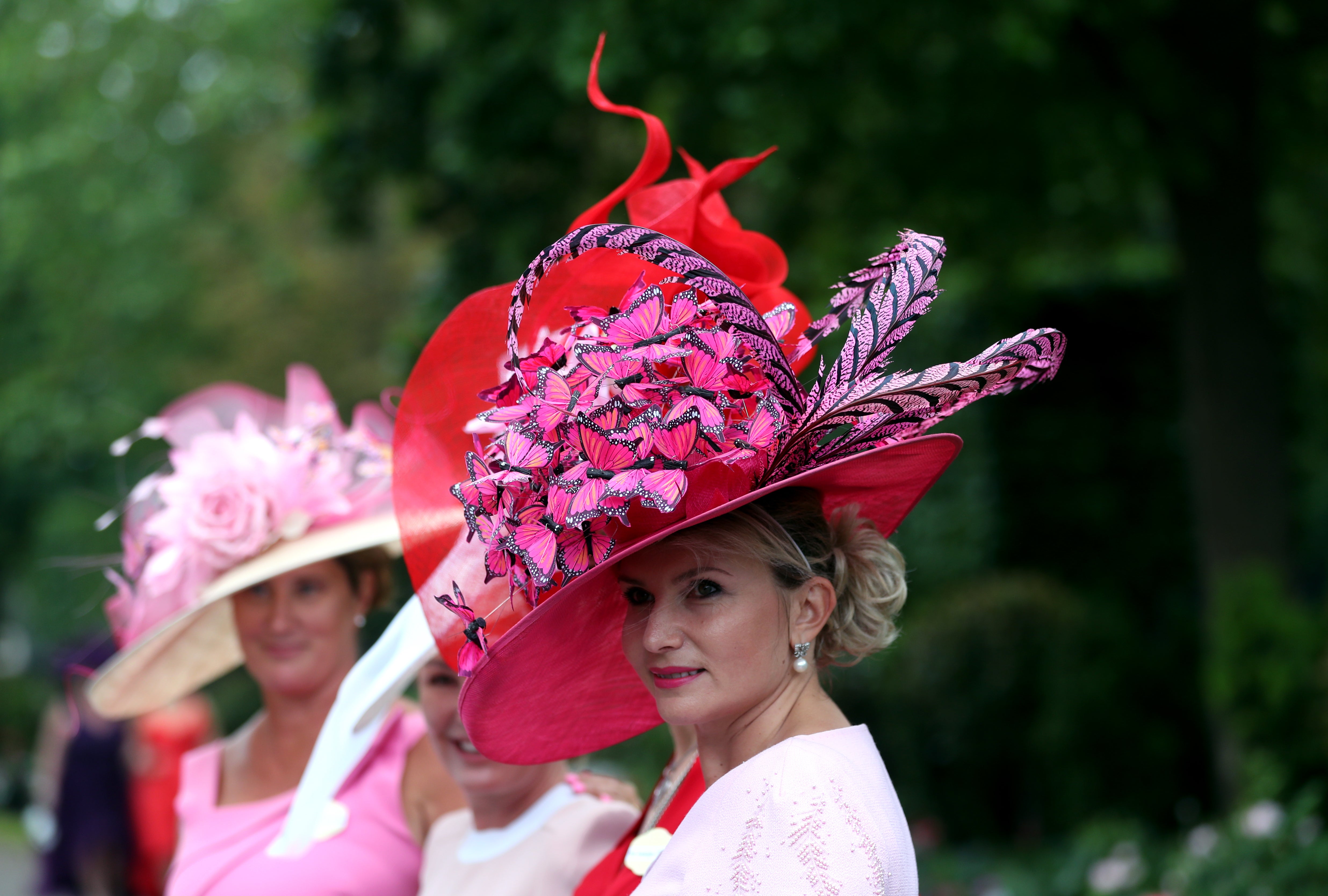History and Traditions: Royal Ascot

Royal Ascot, a globally renowned horse racing event, has a rich history dating back centuries. Its origins can be traced to 1711 when Queen Anne established the Ascot Heath racecourse. Over the years, the event evolved into a grand spectacle, attracting royalty, nobility, and racing enthusiasts from far and wide.
Royal Ascot is renowned for its unique traditions and customs. One of the most iconic is the Royal Procession, where the royal family arrives in horse-drawn carriages to the sound of trumpets and cheers from the crowd. Ladies’ Day, held on Thursday, is a day of fashion and elegance, where ladies don their finest attire and compete for the coveted prize of Best Dressed.
Origins and Evolution
Royal Ascot’s roots lie in the early 18th century when Queen Anne established the Ascot Heath racecourse. The first official race, known as the Gold Cup, was held in 1711. Over time, the event gained popularity and became a social highlight for the British elite.
In 1807, King George III introduced the Royal Procession, adding a touch of grandeur to the event. The tradition of Ladies’ Day was established in the 19th century, further enhancing Royal Ascot’s reputation as a fashionable affair.
Traditions and Customs
Royal Ascot is steeped in traditions that have been passed down through generations. The Royal Procession remains a central part of the event, with the royal family arriving in horse-drawn carriages to the fanfare of trumpets.
Ladies’ Day is another cherished tradition, where ladies showcase their finest fashion sense. The Best Dressed competition adds an element of excitement to the day, with ladies vying for the coveted prize.
Fashion and Style
Royal Ascot is renowned for its iconic fashion and style, with attendees showcasing their finest attire and millinery. The dress code is strictly enforced, requiring formal wear for both men and women.
Dress Code
For women, the dress code dictates that dresses or skirts must fall below the knee, and shoulders must be covered. Hats or fascinators are mandatory, with a minimum base diameter of 4 inches. Men must wear a morning suit or lounge suit, complete with a top hat and waistcoat.
Millinery
Millinery is a highlight of Royal Ascot, with attendees competing to showcase the most extravagant and eye-catching hats. From elaborate fascinators to towering creations, the millinery on display is a testament to the creativity and craftsmanship of the designers.
Accessories
Accessories play a vital role in completing the Royal Ascot look. Gloves are a traditional accessory for both men and women, while women often accessorize with handbags and jewelry. Men may opt for a pocket square or a walking stick to enhance their style.
Fashion Trends
Royal Ascot has witnessed a myriad of fashion trends over the years. From the voluminous skirts and elaborate headwear of the Victorian era to the sleek and sophisticated designs of the present day, the fashion at Ascot has evolved to reflect the changing tastes and sensibilities of society.
Memorable Fashion Moments, Royal ascot
| Year | Attendee | Fashion Moment |
|---|---|---|
| 1953 | Queen Elizabeth II | Wore a white silk dress with a matching hat, setting the standard for royal attire at Ascot. |
| 1980 | Princess Diana | Debuted the “Sloane Ranger” look, characterized by its preppy and polished style. |
| 2006 | Kate Middleton | Wore a cream-colored dress by Whistles, cementing her status as a fashion icon. |
Races and Jockeys

Royal Ascot is renowned for its prestigious races that showcase the finest thoroughbreds and jockeys in the world. These races have a rich history and tradition, attracting spectators and enthusiasts from across the globe.
The races held at Royal Ascot vary in distance and challenge, catering to different types of horses and riding styles. Some of the most notable races include:
- Gold Cup: A long-distance race over 2 miles and 4 furlongs, it is one of the most prestigious races in the British racing calendar.
- Diamond Jubilee Stakes: A sprint race over 6 furlongs, it is known for its speed and excitement.
- Prince of Wales’s Stakes: A middle-distance race over 1 mile and 2 furlongs, it is often used as a prep race for the prestigious King George VI and Queen Elizabeth Stakes.
Jockeys
The jockeys who compete in Royal Ascot races are among the most skilled and experienced in the world. They possess exceptional riding abilities, tactical awareness, and the ability to handle high-pressure situations.
Some of the most successful jockeys in Royal Ascot history include:
| Jockey | Wins | Notable Victories |
|---|---|---|
| Lester Piggott | 11 | Gold Cup (6), Diamond Jubilee Stakes (3) |
| Frankie Dettori | 7 | Gold Cup (2), Diamond Jubilee Stakes (2) |
| Ryan Moore | 6 | Gold Cup (2), Prince of Wales’s Stakes (3) |